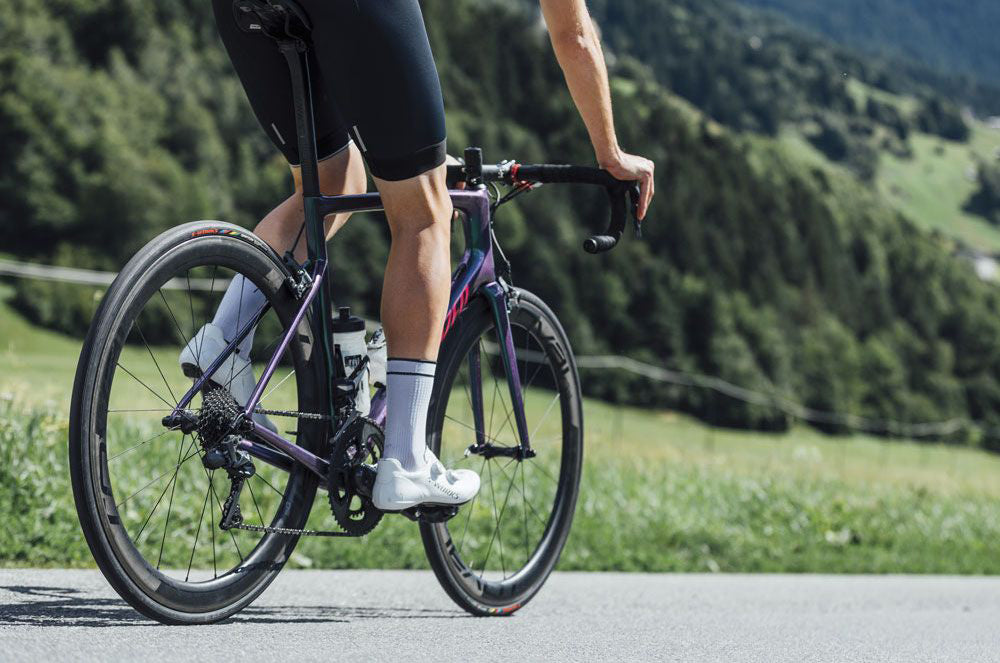
What is RPE (Rate of Perceived Exertion) and how do you use it while cycling?
When reading about training, you sometimes come across the term RPE - Rate of Perceived Exertion Scale. This is a scale that runs from 1 to 10 and is used to estimate your training intensity based on how you feel. So it is a subjective measure of how easy or difficult you find the activity you are doing. In the scale, 0 stands for rest and hardly any effort and 10 for maximum effort.
|
RPE scale |
RPE effort |
Description |
|
10 |
Maximum |
Completely out of breath, unable to speak. Can't hold it for more than a very short time. |
|
9 |
Very heavy |
Almost as hard as you can press your pedals. |
|
7-8 |
Heavy |
If you're driving fast, you can only keep this up for a few minutes and only communicate with one-word answers. |
|
4-6 |
Reasonable |
Consciously driving faster but still being able to talk. |
|
2-3 |
Calm |
Get up to make a cup of tea. Very relaxed driving. |
|
1 |
Peace |
Sit on the couch and do nothing. |
It's also important to be aware of cadence, which is the speed at which your legs rotate and is expressed in revolutions per minute (rpm). Many novice cyclists make the mistake of not using their gears properly and riding at too low a cadence. The easiest way to measure cadence is to purchase a (cheap) speed/cadence meter and mount it on your bike. This also allows you to see how far you have cycled. Another option is to occasionally count the number of pedal revolutions of one foot in 15 seconds and then multiply by four to calculate your minute rate.
As a beginner it can sometimes be difficult to estimate how best to start training and use the RPE. In the blog How do you start cycling training? we explain more about starting cycling and the right training.
Use of perceived exertion during training and competition
The perceived effort rating is useful in any type of effort and is often the best measure to use during competition. Are you curious about how many calories you burn while cycling? Then read the blog about burning calories while cycling .
Use of RPE with power, heart rate and pace
Power meters give cyclists an accurate and direct measurement of workload. Runners, triathletes and cyclists can use heart rate monitors, continuous glucose monitors and wearable trackers for sleep, recovery, hydration, blood glucose levels and more. As a result, some athletes are inclined to look only at computer data. But it is precisely the emotional RPE that research shows to be an extremely good indicator of performance.
Cycling power meters make RPE more important than ever. While it's true that 200 watts today is the same load as 200 watts tomorrow, RPE provides valuable context for power files. When you're fresh, 200 watts can feel like a moderate spin. When you're fatigued, it can feel like you're working harder than usual. Athletes use terms like "sluggish," "heavy legs," "pedaling through peanut butter" to describe those same 200-watt efforts.
Similarly, RPE gives context to heart rate and pace information. A pace of 8 minutes per kilometer can be sustainable one day, but feel just as hard as race pace the next.
The RPE is a good warning system to reveal fatigue; your body is telling you that it can still get the job done, but that while the work being done is the same, the effort to complete it is greater.
Measure exercise progress with Perceived Exertion
The RPE can indicate progress even without a change in your power or pace. For example, at the start of the season, a 20-minute climb with an average power of 250 watts might feel tough enough for a 7 or even an 8. Later in the season, when your fitness has improved, the same climb with 250 watts might be less strenuous feel and feel more like a 6. A 7 to 8 RPE for the climb can end up being 275 watts at the peak of the season.
Racing by feel: RPE in competition
We list RPE values with every workout in our library, and athletes should record subjective information in their training logs. Not only is perceived exertion important to give context to power and heart rate records, but it also helps athletes learn to accurately assess intensity levels when all other technologies are lacking.
During competitions, RPE is often the most accurate and realistic way to measure intensity. For example, we know that power delivery starts to decrease at altitudes between 5,000 and 6,000 feet above sea level. Core temperature, fatigue, caffeine and stress influence the heart rate response to exercise.
One of the main goals we set when working with athletes is to teach them how to train and race by feel. Often athletes perform best when they tune in to their bodies rather than looking at the numbers. Keep recording the data for future reference and so that we have it for your long-term training history. But in the moment you want to be able to record power, power and heart rate values without even looking at a display.
The hallmark of an accomplished athlete is learning to use technology effectively while reducing your dependence on it.
Would you like to read more about cycling training?
Sign up for the newsletter and receive useful information about health, training and cycling.




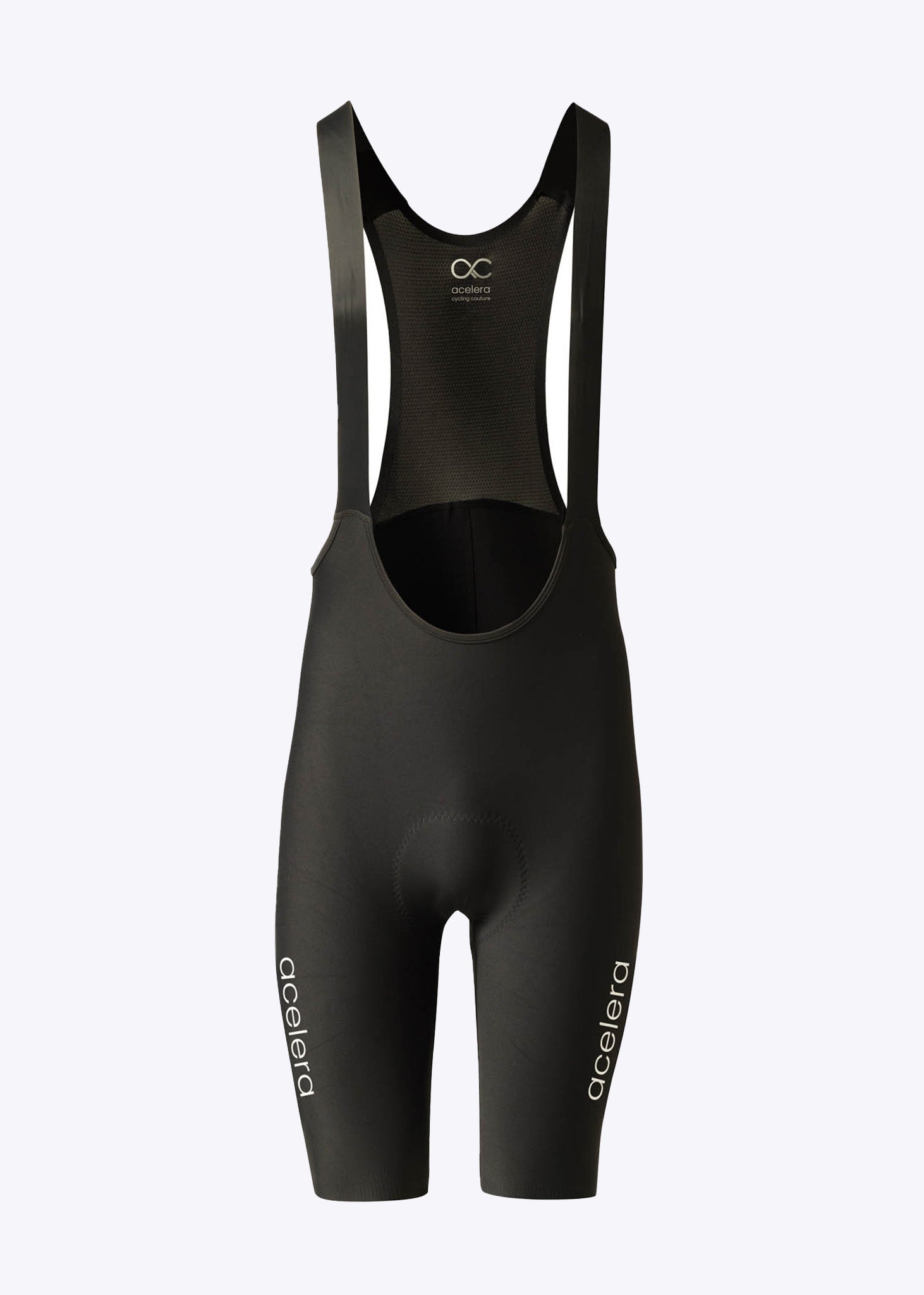

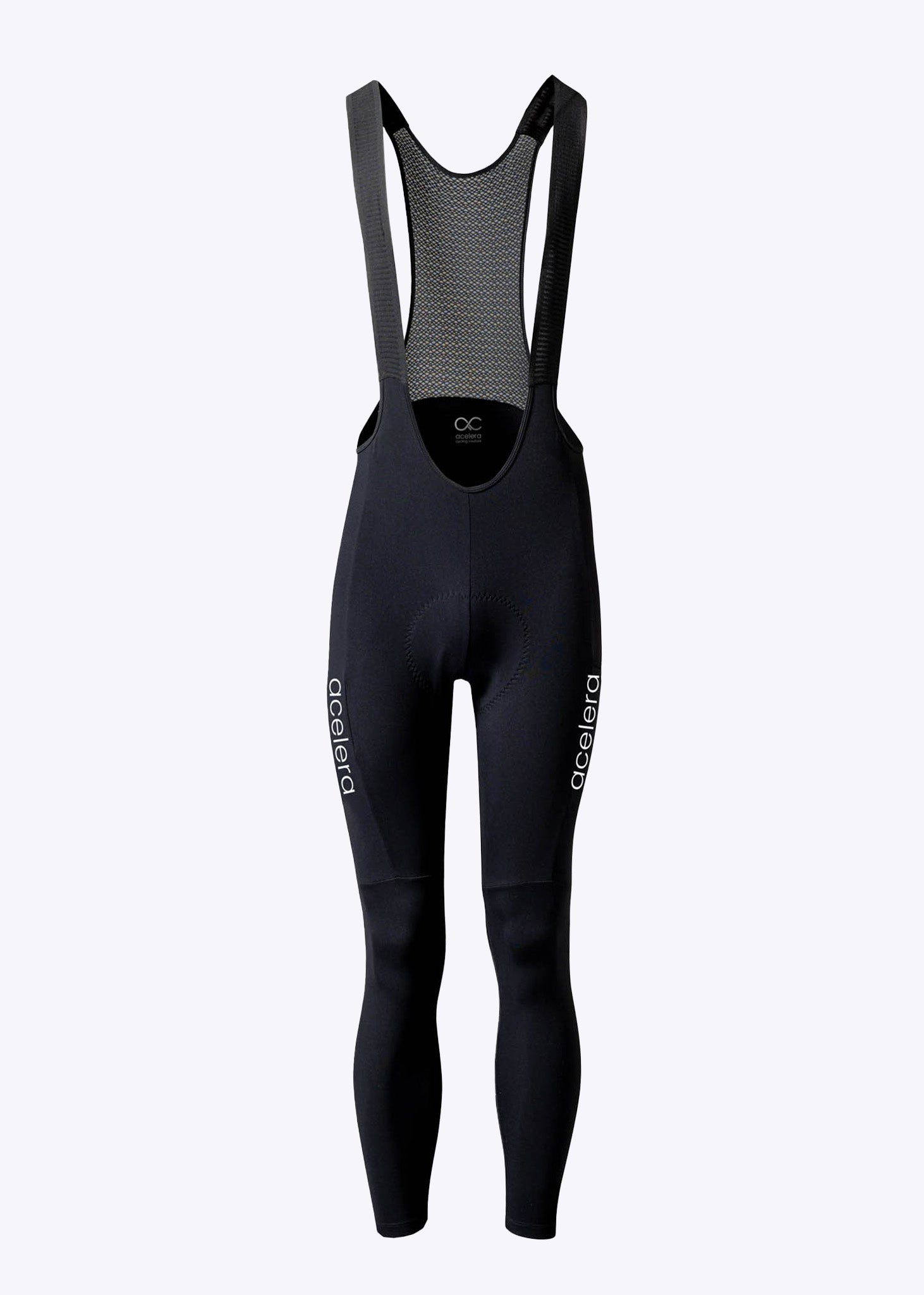
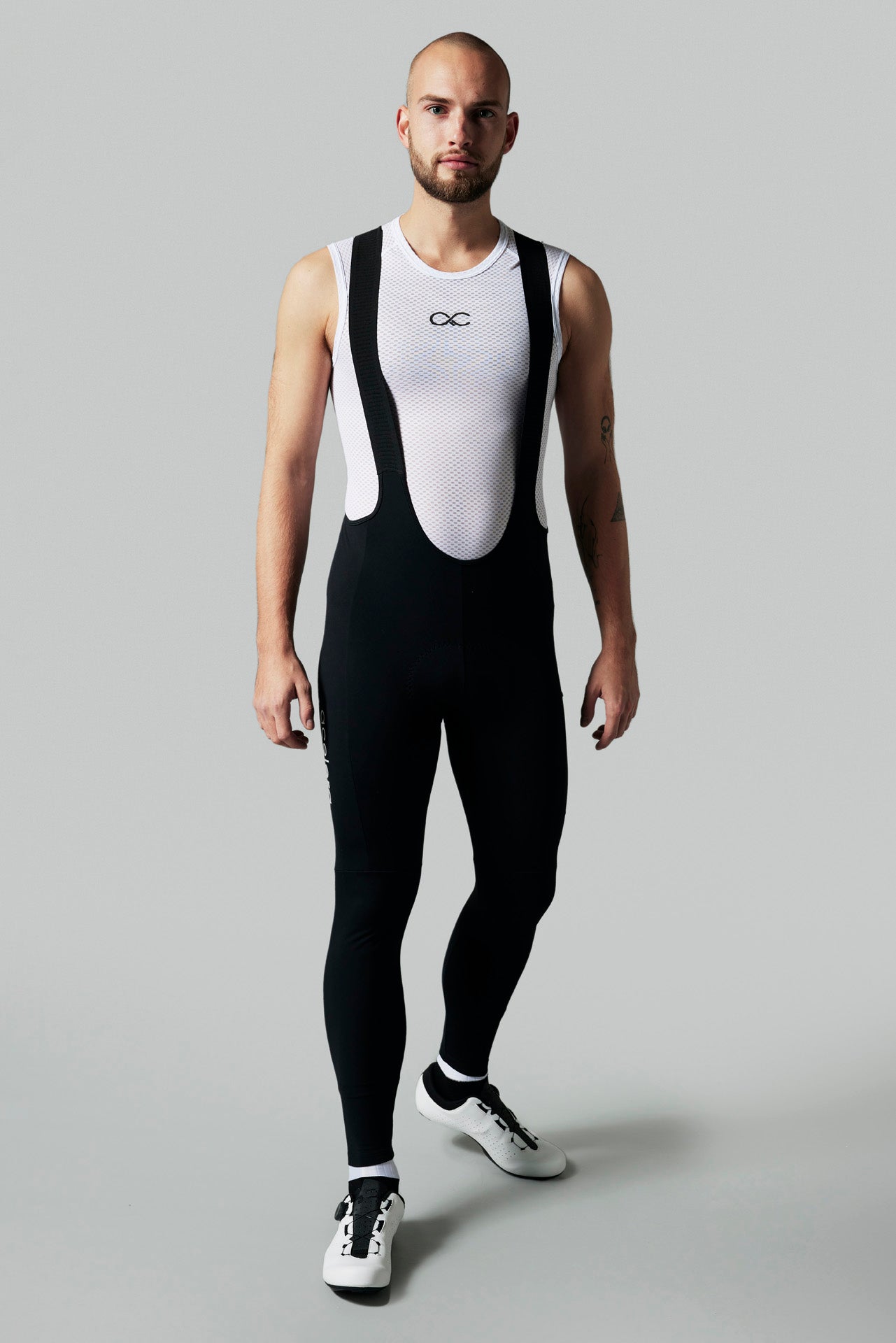


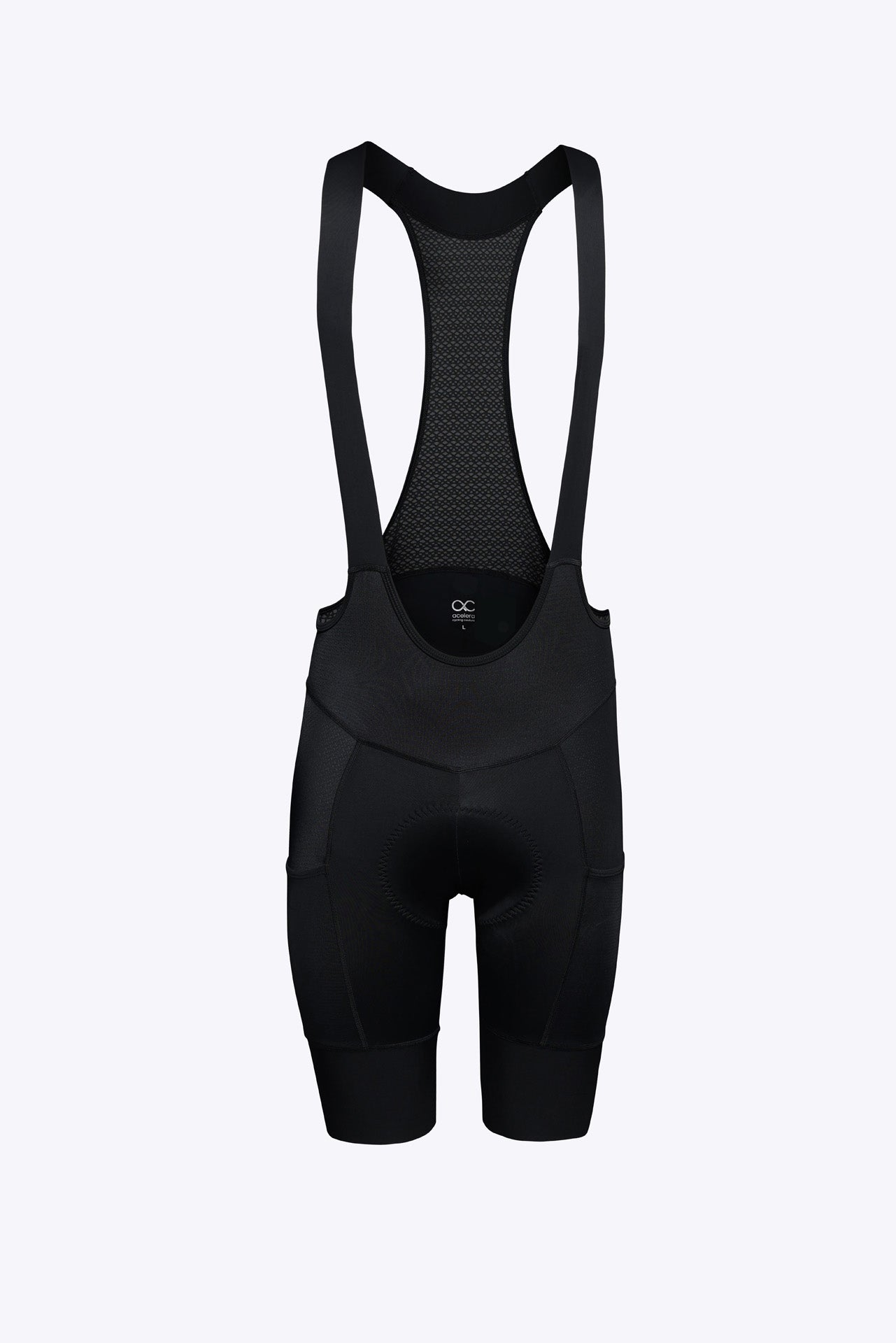
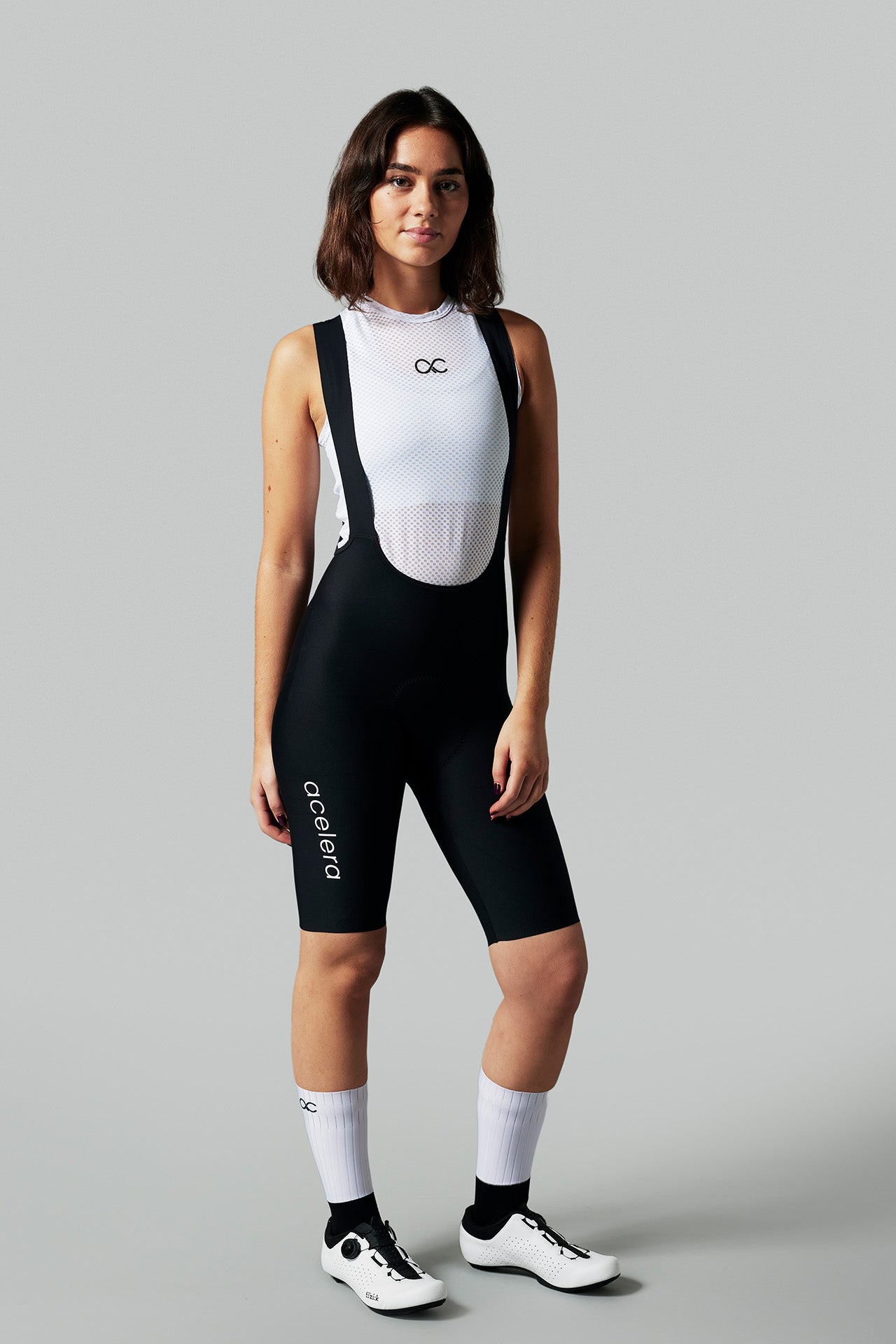
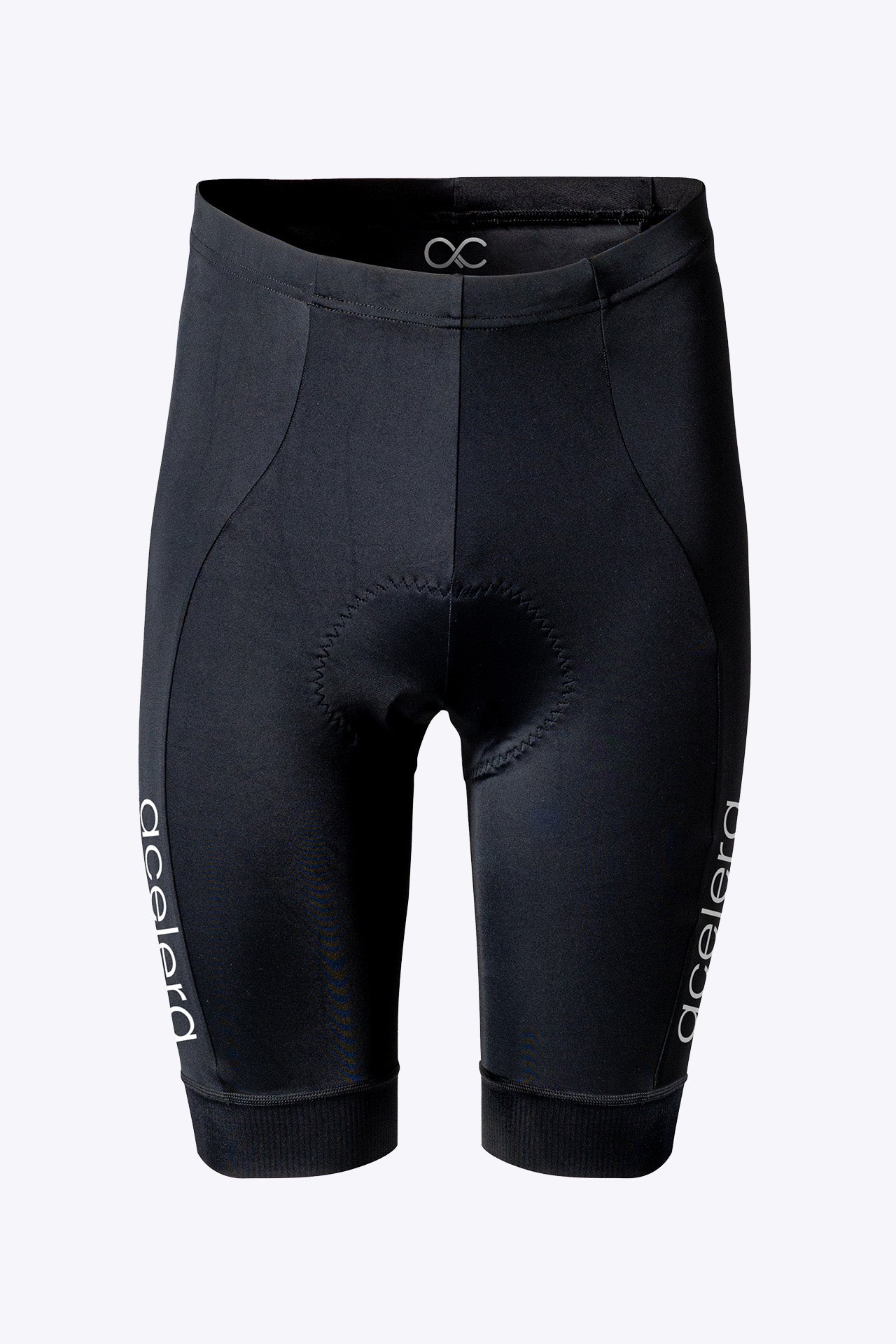

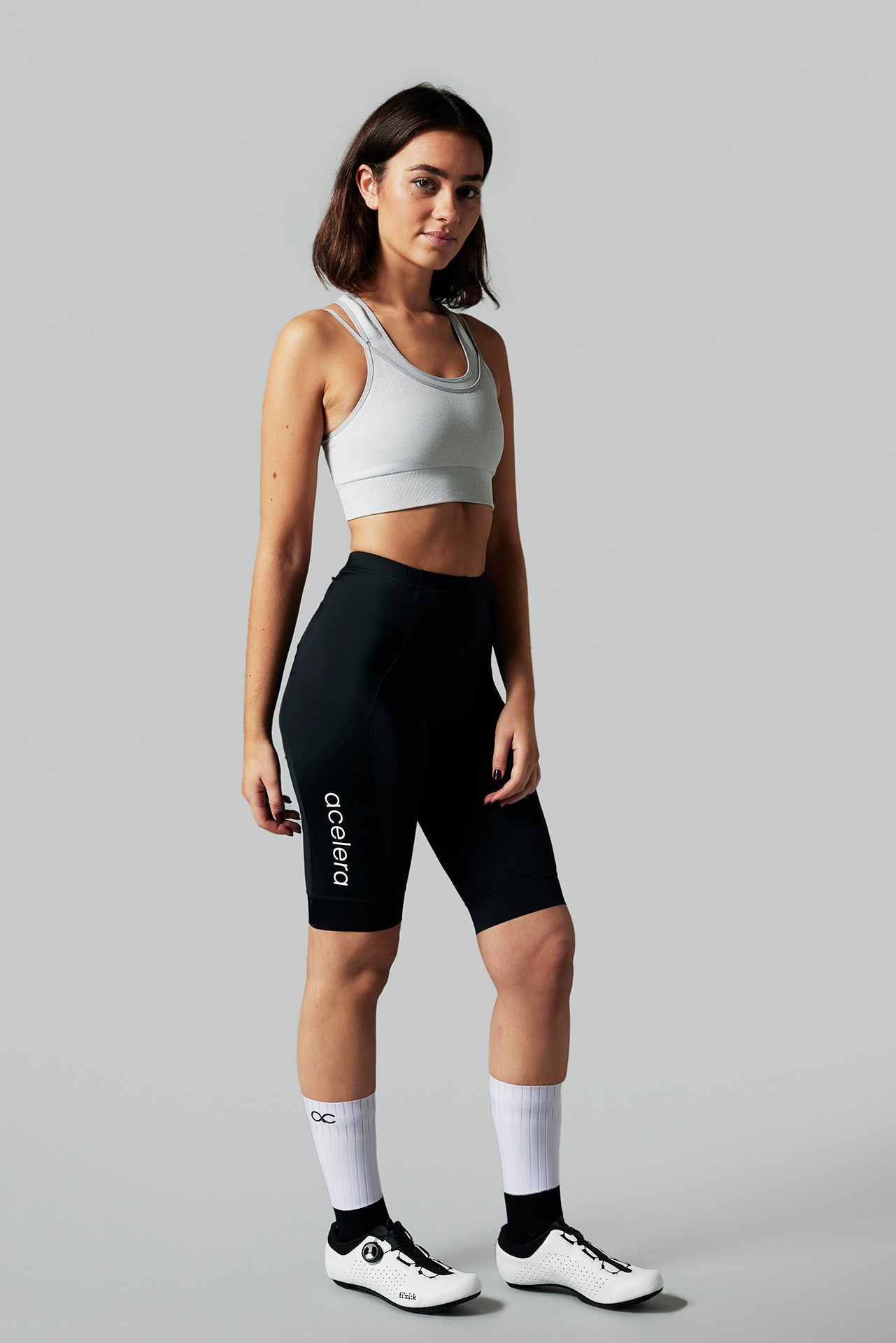
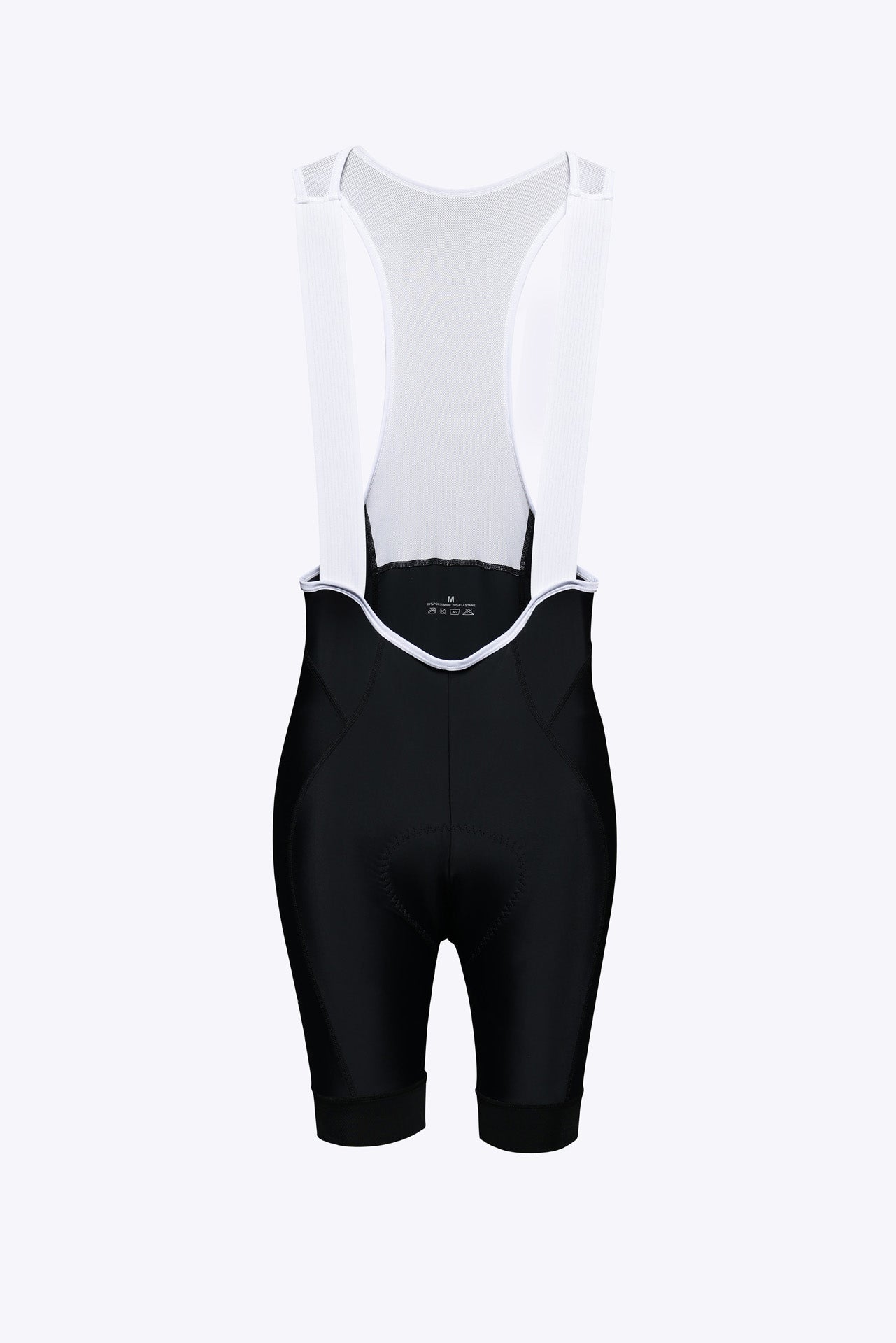


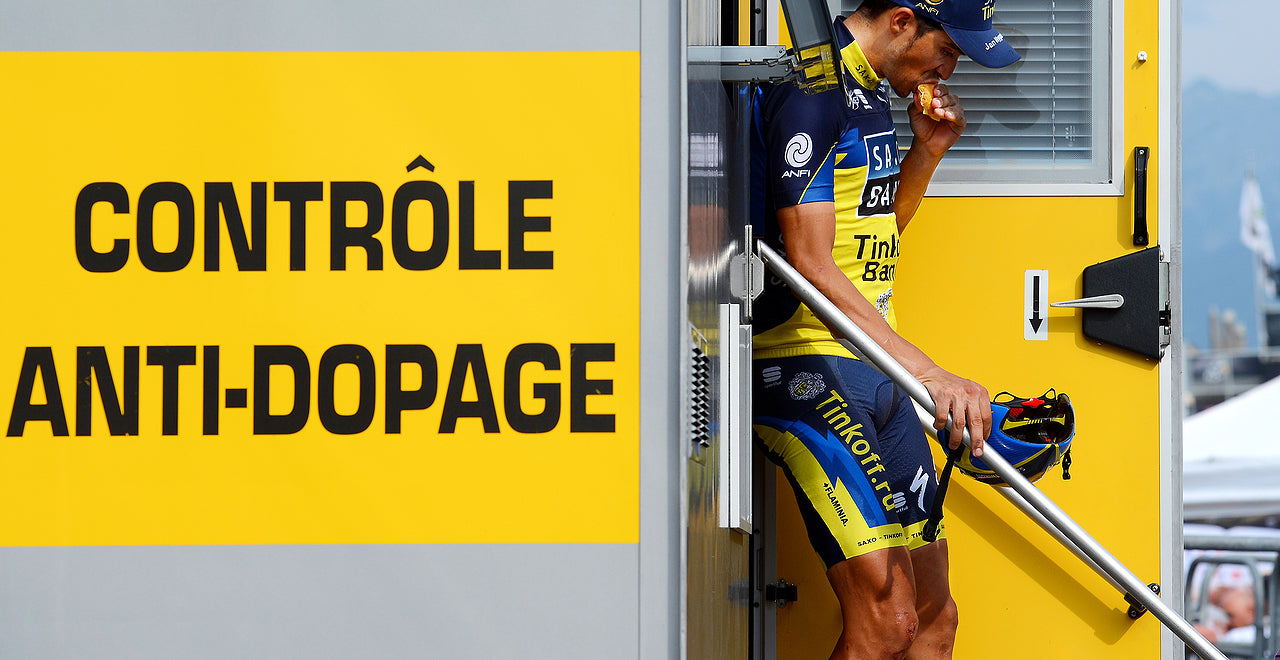
Leave a comment
This site is protected by hCaptcha and the hCaptcha Privacy Policy and Terms of Service apply.